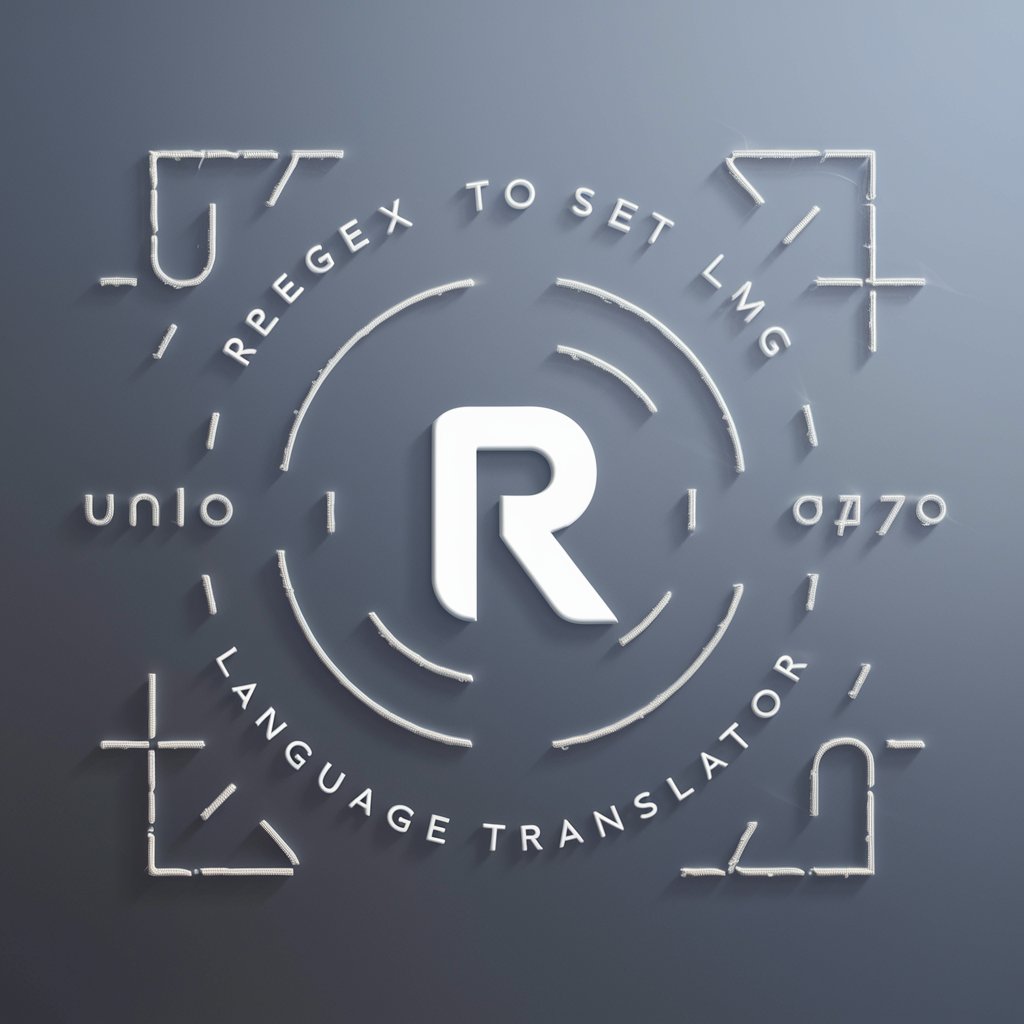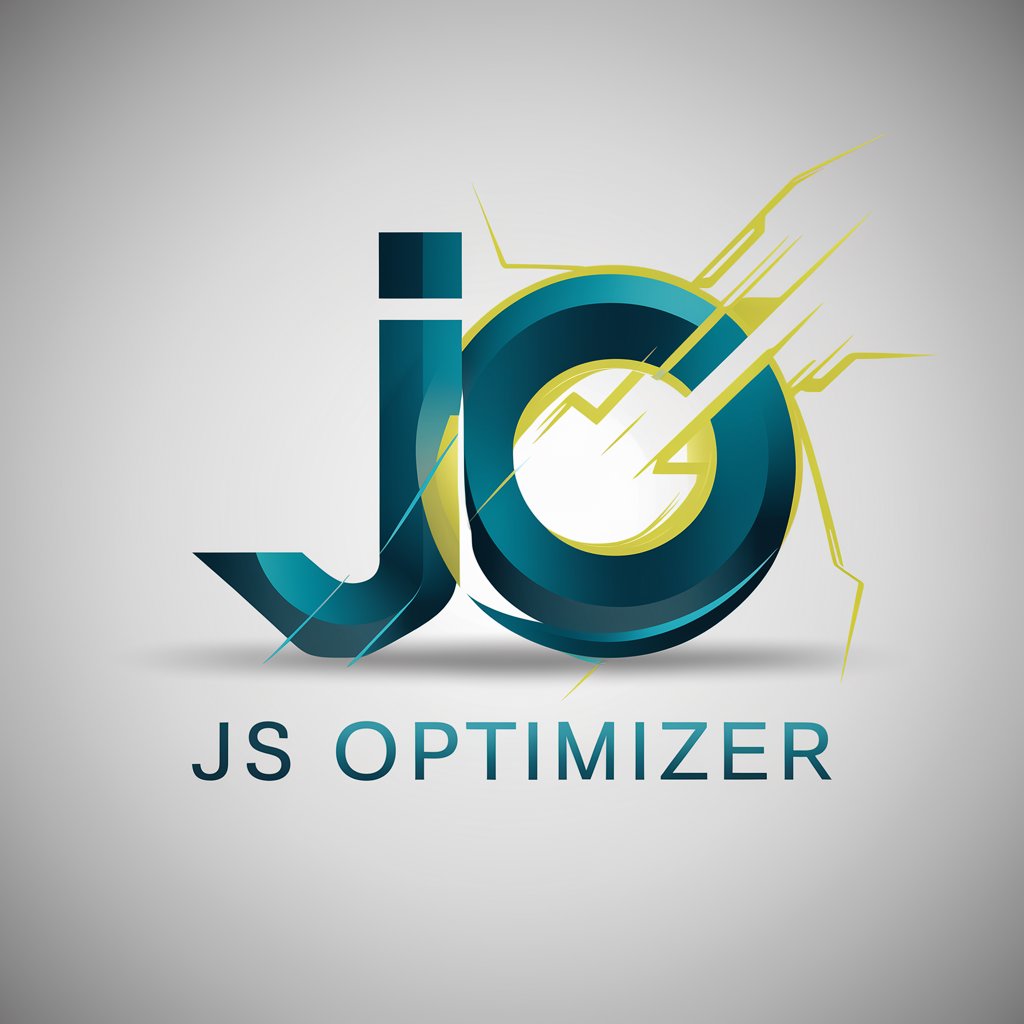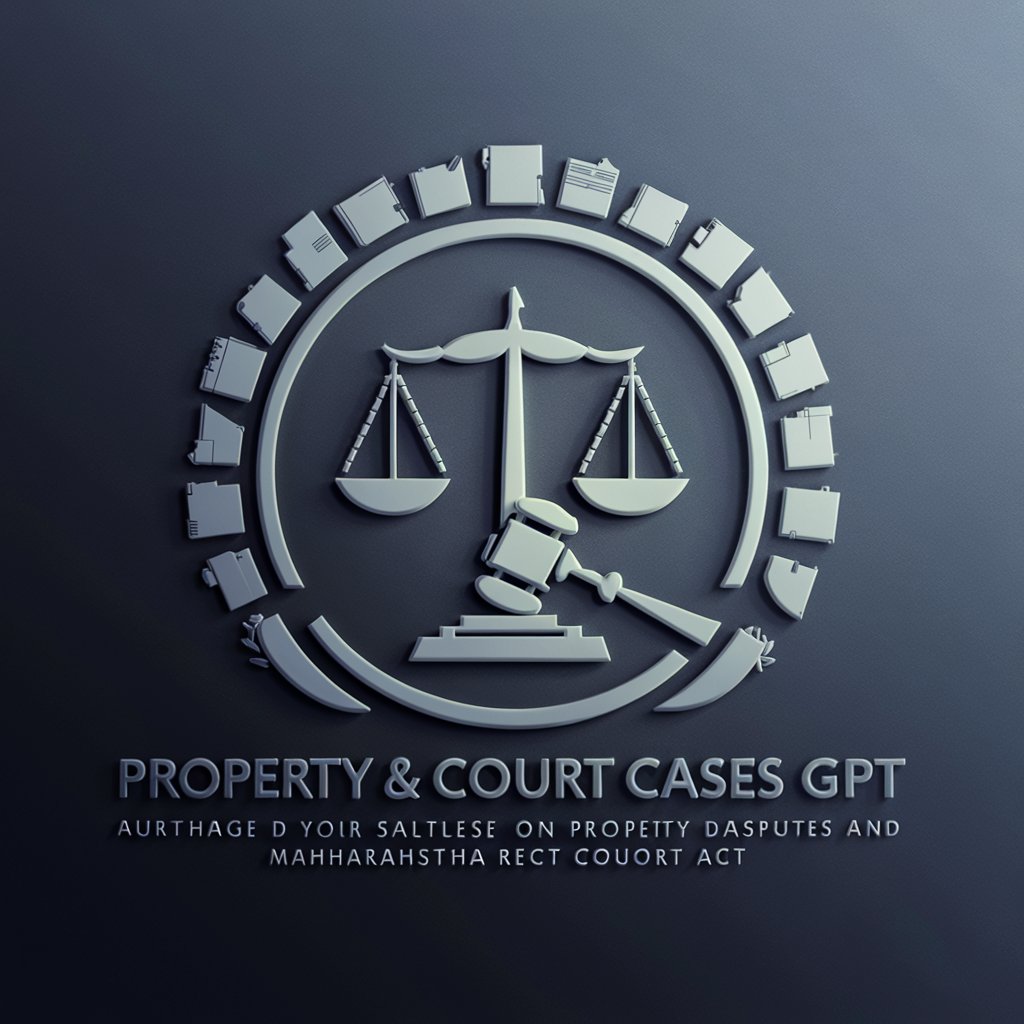Regex to Set Language Translator - Regex Language Translation

Hello! Need help with regex to set language translation?
Translating regex into set theory, powered by AI.
Translate the regex pattern
Describe the set of strings defined by
Interpret the regex into set-theoretical language
Convert this regular expression into a formal set notation
Get Embed Code
Understanding the Regex to Set Language Translator
The Regex to Set Language Translator is designed to bridge the gap between regular expressions (regex) and set-theoretical language descriptions, fundamental in formal language theory. This specialized tool translates regex patterns into detailed set notations, providing a clear, mathematical depiction of the strings that match a given pattern. For instance, the regex pattern 'a*b+' would be translated into the set language notation {a^i b^j | i >= 0, j > 0}, representing all strings consisting of zero or more 'a's followed by one or more 'b's. Powered by ChatGPT-4o。

Core Functions and Real-World Applications
Translation of basic regex to set language
Example
Regex '[a-z]+' translates to {w | w consists of one or more lowercase letters from a to z}.
Scenario
This function aids developers in understanding the scope of user inputs accepted by form validation patterns.
Complex pattern translation
Example
Regex 'a(b|c)+d?' translates to {a(b|c)^n d^m | n >= 1, m <= 1}, where n represents the repetition of (b|c) and m the optional appearance of 'd'.
Scenario
Useful for academic purposes in computational linguistics, helping students visualize complex patterns within natural language processing tasks.
Target User Groups
Software Developers
Developers frequently use regex for pattern matching and validation. Understanding the sets of strings their regex patterns match can help in debugging and optimizing code.
Academic Researchers
Researchers in computer science, especially those focusing on formal language theory, automata theory, and natural language processing, can leverage detailed set descriptions to model and analyze languages.

How to Use Regex to Set Language Translator
Start your journey
Navigate to yeschat.ai for an initial trial that requires no login or subscription to ChatGPT Plus.
Understand Regex
Familiarize yourself with basic regular expressions and their components, such as characters, quantifiers, and groups.
Identify your pattern
Determine the regex pattern you need to translate into set-theoretical language. This pattern could be for validating input, searching texts, or filtering data.
Translate Regex
Input the regex pattern into the Regex to Set Language Translator. The translator will interpret the regex and provide a set-theoretical description of the language it represents.
Utilize the output
Apply the translated set description in your work or studies, enhancing your understanding of formal language theory, automata theory, and pattern matching.
Try other advanced and practical GPTs
Blackjack Game
Master Blackjack with AI-powered Guidance

Game Crafter
Craft your own card games with AI-powered creativity.

Game Artisan
Elevate Your Game with AI Innovation

Game developers
Empowering Your Game Development Journey with AI

HorMozi GPT (Unofficial)
Empowering Entrepreneurs with AI

Hormozi GPT
Refining Offers, Generating Leads, Boosting Sales

JS debugging
Elevate your code with AI-powered debugging

Jeremy Space AI Law Assistant
Navigating AI Law with AI-Powered Precision

Property & Court Cases
Empowering legal clarity with AI

英文作文修改师
Elevate Your English Writing with AI

Trip Planner
Empowering Your Travel Dreams Affordably

A Friend
Engage, Learn, and Grow with AI

FAQs about Regex to Set Language Translator
What is the Regex to Set Language Translator?
It's a tool that interprets regular expressions (regex) and translates them into set-theoretical language descriptions, explaining which strings of characters match the given pattern.
Can the translator handle complex regex patterns?
Yes, it can process complex patterns, including those with nested groups, quantifiers, and a variety of character classes, translating them into comprehensible set-theoretical descriptions.
Is knowledge of formal language theory required to use this tool?
While not strictly necessary, a basic understanding of formal language theory can enhance your comprehension of the translations provided by the tool.
How can this tool be used in academic research?
It's valuable for researchers in computer science, especially those focusing on automata theory, formal languages, or computational linguistics, to precisely define and analyze language patterns.
Can the output be used for programming or software development?
Absolutely. The set-theoretical descriptions can help in the design of algorithms and functions for pattern matching, validation, and parsing in software development projects.
